As city makers and urbanists, we recognise the significant and consistent challenges that we must collectively overcome in order to support a well-functioning and happy city. As such, I have specifically identified the five main obstacles to the transformation of our streets.
This is a big obstacle – huge. Probably, the greatest of all five barriers listed here. As counter-intuitive as it may seem, on-street parking has been preserved in our cities to a large degree: paid and free parking. In fact, our society seems to defend the right to free space for cars more enthusiastically than the right to decent housing for people themselves. Previously, I have expanded on this in the series “10 myths about urban mobility”, in the post entitled “The right to parking”. In any case, the truth is that any proposal to transform our streets that involves eliminating on-street parking (as is almost always the case with contemporary urban regeneration) will encounter great reluctance among both the neighbourhood and the impacted stakeholders – such as those related to economic activities, politicians and even City Council staff. So, who is going to be the ‘bad guy’ to tell residents to walk instead of drive; or find a parking spot out of the main streets? Or even more: who is going to repeat the words of the Mayor of Pontevedra when he affirmed that “as a Mayor, I have no obligation to find anyone [a spot] to park their car”?

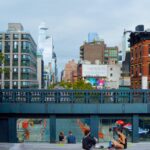



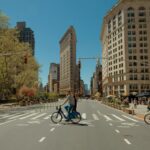
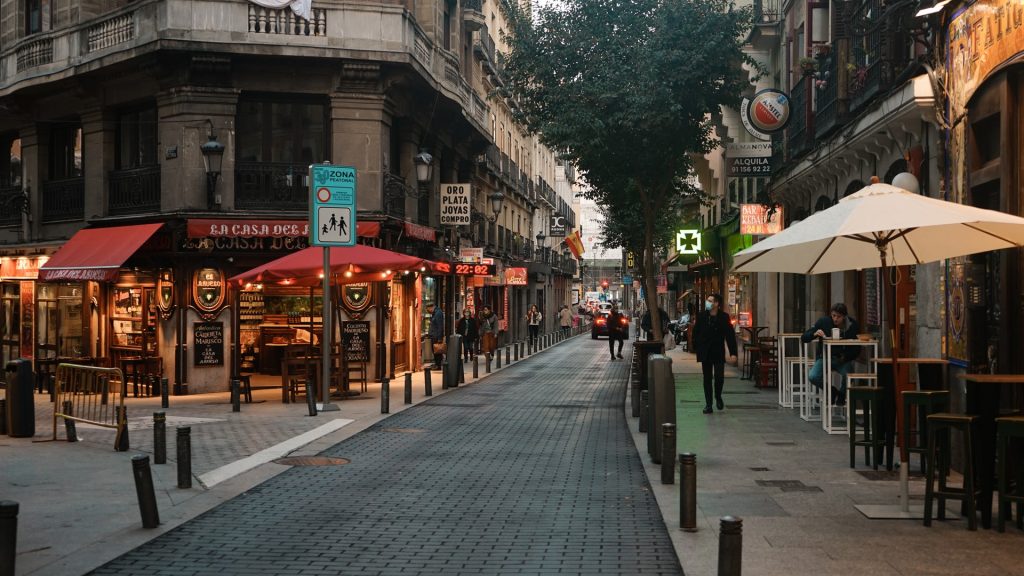
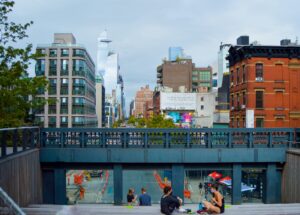
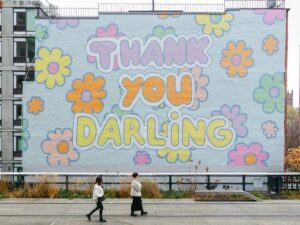


More Stories
A stealthy reimagining of urban public space by Elizabeth Diller
Security by Design: Protection of public spaces from terrorist attacks
A Blueprint for Public Realm Leadership